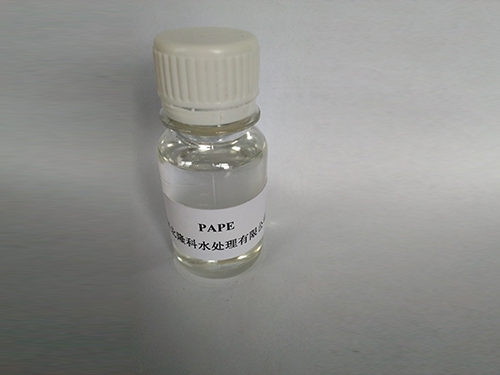types of flocculants in water treatment
Types of Flocculants in Water Treatment
Water treatment is a crucial process that ensures the safety and quality of drinking water and protects the environment. One of the key methods employed in water treatment is flocculation, a process used to aggregate suspended particles, making them easier to remove from water. Flocculants, which are substances that promote the clumping of fine particulates into a floc (a clump of particles), play a vital role in this process. This article will discuss the various types of flocculants used in water treatment, their mechanisms, and their applications.
1. Natural Flocculants
Natural flocculants are derived from organic materials and are environmentally friendly. They are often used in applications where chemical additives are undesirable. Common natural flocculants include
- Starch Modified starches are common in water treatment due to their ability to absorb water and form a gel-like substance that can encapsulate fine particles. - Chitosan Sourced from the shells of crustaceans, chitosan possesses antimicrobial properties and is effective in removing turbidity from water. It can coagulate impurities and help in the sedimentation process.
- Alginate Extracted from brown seaweed, alginate is another natural flocculant that binds with particles and enhances sedimentation. It is particularly effective in removing organic materials from wastewater.
2. Synthetic Flocculants
Synthetic flocculants are engineered chemical compounds designed to enhance the flocculation process. They are categorized primarily into anionic, cationic, and non-ionic types, each serving different functions based on the nature of the particles to be removed.
- Cationic Flocculants These flocculants carry a positive charge, which enables them to interact with negatively charged particles, such as clay and colloids
. Common cationic flocculants include poly(diallyldimethylammonium chloride) (PDADMAC), widely used in municipal water treatment facilities for its effectiveness in clarifying water.types of flocculants in water treatment

- Anionic Flocculants Anionic flocculants, carrying a negative charge, are suitable for treating wastewater containing positively charged particles. Polyacrylate, a common anionic flocculant, is often used in industrial applications to remove suspended solids and organic materials.
- Non-Ionic Flocculants These flocculants have no net charge and are utilized in various applications where charge-neutral flocculation is required. They are effective in removing suspended solids from both drinking water and industrial effluents.
3. Polymers
Polymers, frequently used as flocculants, are large molecules that can significantly enhance the flocculation process. They come in both natural and synthetic forms. Synthetic polymers, particularly polyacrylamide and its derivatives, are the most widely utilized in water treatment due to their high efficiency and versatility in diverse conditions.
Polymers work by bridging nearby particles together, promoting the formation of larger flocs that can settle more quickly. Their molecular weight and charge density can be adjusted to suit various treatment processes, depending on the specific water composition being treated.
4. Combination Flocculants
In some cases, a combination of natural and synthetic flocculants can be used to optimize the treatment process. The synergistic effect of using multiple types of flocculants can enhance sedimentation and improve overall water clarity. Combining cationic, anionic, and natural flocculants can help address complex water treatment challenges.
Conclusion
Flocculants are essential in the water treatment process, as they effectively reduce turbidity, enhance sedimentation, and improve water quality. The choice of flocculant—whether natural, synthetic, polymeric, or a combination—will depend on the specific characteristics of the water being treated and the required treatment outcomes. Understanding the types and mechanisms of flocculants allows water treatment facilities to optimize their treatment processes, ensuring the delivery of clean and safe water to communities while minimizing environmental impact. As technology advances, the development of more efficient and eco-friendly flocculants will continue to enhance water treatment practices worldwide.
-
Understanding Polycarboxylic Acids: Properties, Applications, and Future PotentialNewsJul.28,2025
-
Scale Inhibitor Explained: How to Protect Your System from Limescale and Hard Water DamageNewsJul.28,2025
-
Scale and Corrosion Inhibitors: Essential Chemicals for Industrial Water System ProtectionNewsJul.28,2025
-
Polyaspartic Acid: A Biodegradable Polymer for Sustainable ChemistryNewsJul.28,2025
-
Isothiazolinones: A Versatile Antimicrobial Class with Industrial Power and Regulatory ChallengesNewsJul.28,2025
-
A Deep Dive into 2-Phosphonobutane-1,2,4-Tricarboxylic Acid (PBTC)NewsJul.28,2025





